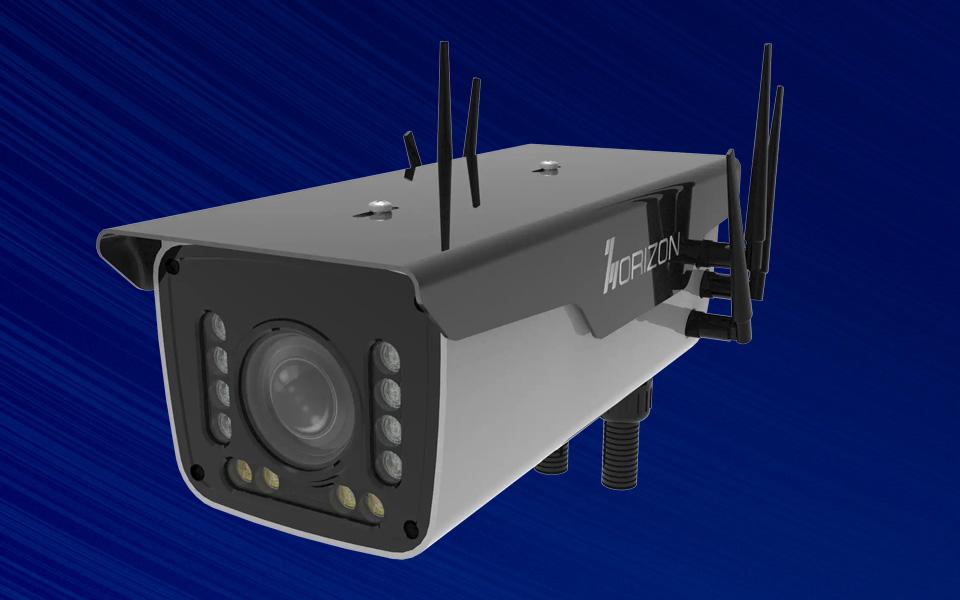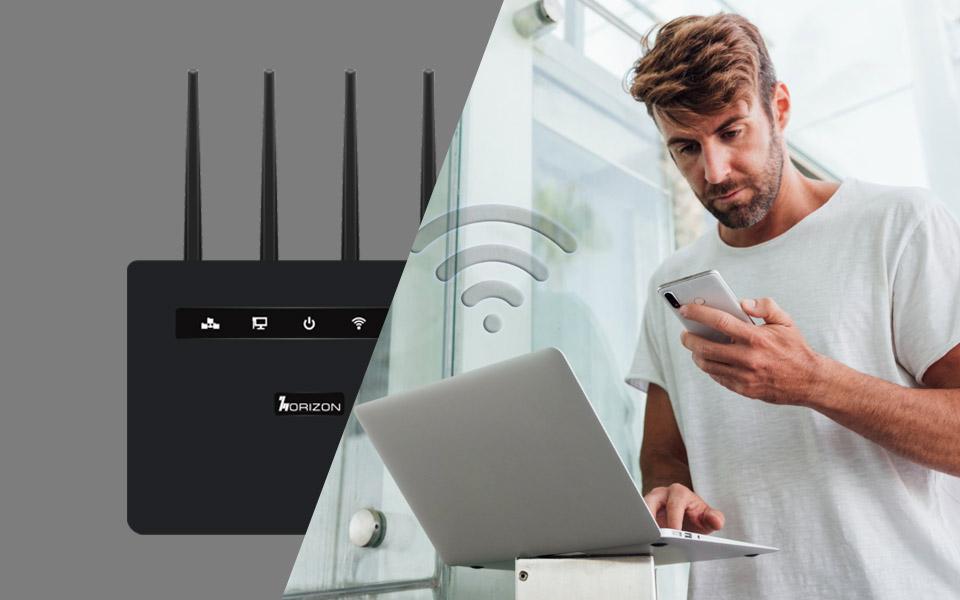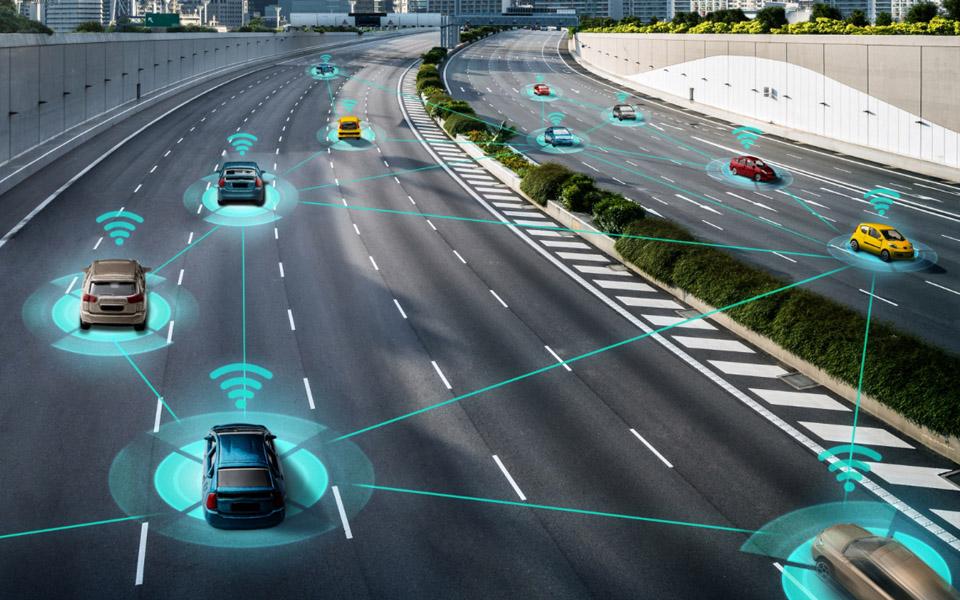Navigating the Transformative Path to 6G Connectivity
In an era where technological innovation shapes the future, enterprises investing in IoT deployments find themselves at the crossroads of connectivity evolution. As 5G continues its global proliferation, industry leaders and technologists are peering into the horizon, pondering the arrival of 6G and contemplating its implications for the existing network generations. This comprehensive exploration seeks to unravel the intricacies surrounding the journey to 6G, its advantages over 5G, potential challenges, and the broader impact on the landscape of wireless communication.

The Journey to 6G:
The rhythmic cadence of mobile network generations unfolds approximately every 10 years, ushering in a wave of transformative capabilities. In this orchestrated symphony of technological progress, 6G emerges as the next crescendo, poised to launch commercially by the year 2030. The journey towards this milestone has already commenced with early research and requirements gathering, a prelude to the extensive specification development and standardization slated for the period between 2025 and 2029. As this symphonic composition unfolds, 6G is set to undergo lab testing and pilots beginning in 2028, culminating in its commercial release in or around the year 2030.
Transitioning from 5G to 6G entails a crucial intermediate step, with the advent of 5G Advanced expected in 2024-2025. Grounded in the 3GPP’s Release 18 specification, this phase lays the foundation for the subsequent leap to 6G. The groundwork for 6G is further laid in 3GPP Release 19, anticipated to conclude in late 2025. Subsequent refinements and advancements will unfold in future releases, including Releases 20-22, following a developmental cycle of approximately 2 to 2.5 years. The orchestration of this journey underscores the meticulous planning required to navigate the complex terrain of wireless connectivity evolution.
See also: 5G Devices
6G vs. 5G: Coexistence and Advantages:
The impending arrival of 6G prompts contemplation regarding its coexistence with 5G. While 6G is undoubtedly a successor to 5G, the paradigm shift lies in its utilization of higher frequencies, potentially surpassing the 1 terahertz threshold. This distinctive technological approach sets the stage for a host of advantages over its predecessor, 5G. These advantages encompass increased capacity, amplified coverage and reliability, elevated peak speeds, diminished latency, heightened spectral efficiency, and enhanced support for mobility. It is this confluence of advancements that positions 6G as an ideal candidate for powering a spectrum of next-generation use cases.
Challenges on the Road to 6G:
The pursuit of each new cellular communication generation is not without its challenges, and 6G stands as no exception. A significant hurdle lies in the integration of communication frequencies above 100 gigahertz, and potentially even reaching beyond 1 terahertz. This necessitates the development of novel radiofrequency (RF) designs and semiconductor materials, pushing the boundaries of current technological capabilities. Additionally, the imperative for faster processing to handle speeds exceeding 1 terabit per second introduces the prospect of leveraging optical processing or, intriguingly, quantum computing technology. Balancing these technological frontiers is the challenge of managing power consumption, an aspect that looms large in the denser and faster landscape of 6G networks.
Anticipated Use Cases for 6G:
The commercial release of 5G laid the foundation for a technological revolution, fostering a diverse array of use cases. As the prospect of 6G beckons, the imagination is sparked with possibilities that extend beyond the current horizon. While the applications of 6G are expected to evolve further as its release approaches, early projections suggest a substantial impact on areas such as full-sensory digital sensing and augmented reality technologies, seamless integration of artificial intelligence at the edge and in the network, the Industrial Internet revolutionizing manufacturing automation and smart factories, tactile/haptic Internet facilitating the transmission of touch sensations, autonomous vehicle operation, and revolutionary virtual healthcare solutions.
The Evolutionary Path: Phasing Out 4G LTE and 5G:
The advent of a new network generation invariably raises questions about the fate of its predecessors. The inevitability of 4G LTE’s obsolescence is anticipated to unfold after the commercial release of 6G, yet the exact timeline remains elusive. Factors such as the slower industry adoption of 5G, high implementation costs, evolving standards, and the complex architecture of 5G networks may influence the gradual phasing out of 4G LTE. The industry is likely to grapple with the decision to sunset 4G LTE networks, a process expected to unfold in the years following 6G’s commercial release.
The lifespan of 5G, while not entirely clear, is projected to persist until at least 2040, considering the typical release cycle of a decade. However, the dynamic landscape of technological advancements introduces an element of unpredictability, potentially altering this timeline. Market demand, technological breakthroughs, and the emergence of subsequent generations will collectively dictate the sunset of 5G networks, ushering in a new era in wireless communication.
The Unveiling of 6G: Current Status and Device Availability:
As of the present moment, 6G wireless network connectivity is situated firmly in the realm of ongoing research, with no fully realized implementations. Reports from a lab in China achieving speeds of 206.25 gigabits per second in controlled conditions underscore progress in the developmental journey toward 6G. However, widespread deployment and commercial availability are yet to materialize.
The availability of 6G devices intertwines with the commercial rollout of 6G networks, following a pattern established by previous generations. First-generation devices are expected to make their debut as carriers prepare for the deployment of 6G networks, with consumers likely to witness this correlation in the 2029 to 2031 timeframe. Enterprises, known for a cautious approach to technological adoption, are likely to await nationwide 6G availability before embracing the new technology, opting for more refined and capable second-generation devices at a more palatable price point.
Global Adoption and Country-specific Rollouts:
The adoption of new wireless network technologies is inherently varied, with countries progressing at different paces. Early adopters of 5G, such as the United States, China, and South Korea, are poised to be among the vanguard in launching 6G networks. However, the global expansion of 6G is anticipated to follow a trajectory akin to its predecessor, 5G. While the first 6G networks may emerge in technologically advanced nations, the proliferation of 6G across the globe is expected to take years, mirroring the gradual rollout of 5G.
In the relentless pursuit of connectivity advancements, the journey from 4G LTE to 5G and now to 6G signifies a transformative era in wireless communication. As enterprises grapple with the intricacies of IoT deployments, a nuanced understanding of the timeline, advantages, challenges, and potential use cases of 6G becomes paramount. While the specifics of 6G’s impact on existing networks and its global rollout remain shrouded in anticipation, one overarching truth remains – the future of connectivity is unfolding, and 6G is poised to redefine the boundaries of what is possible in the realms of wireless communication.








